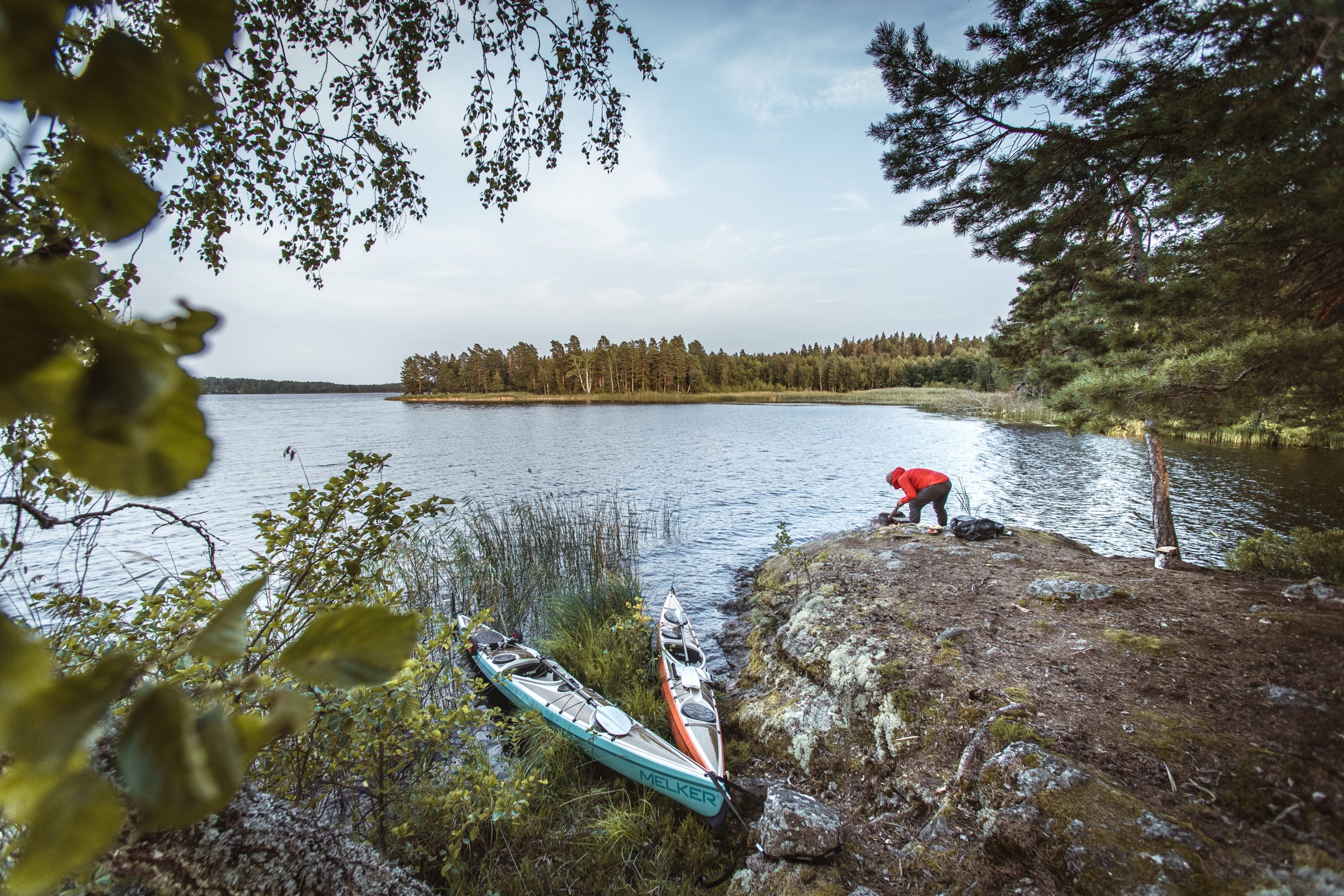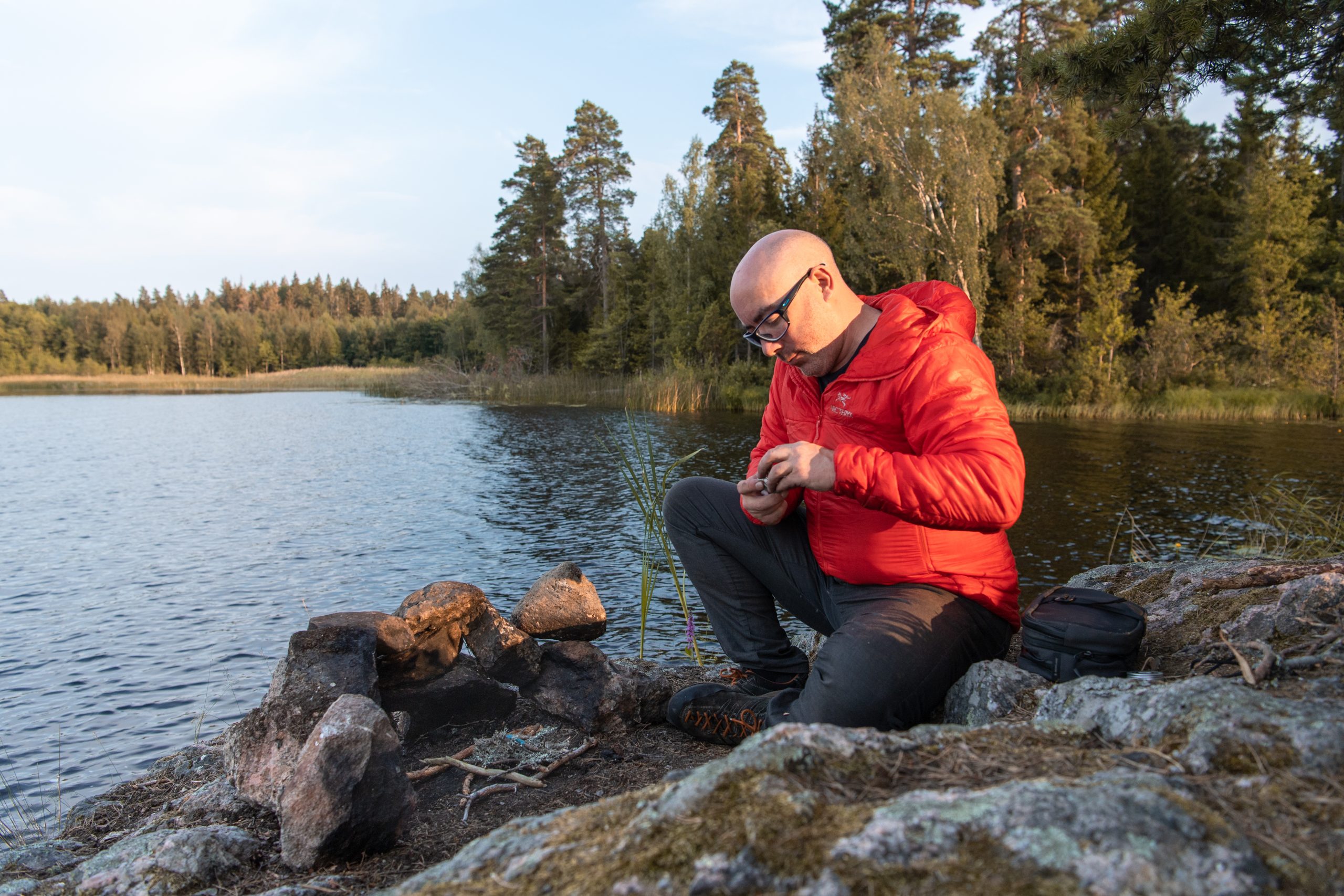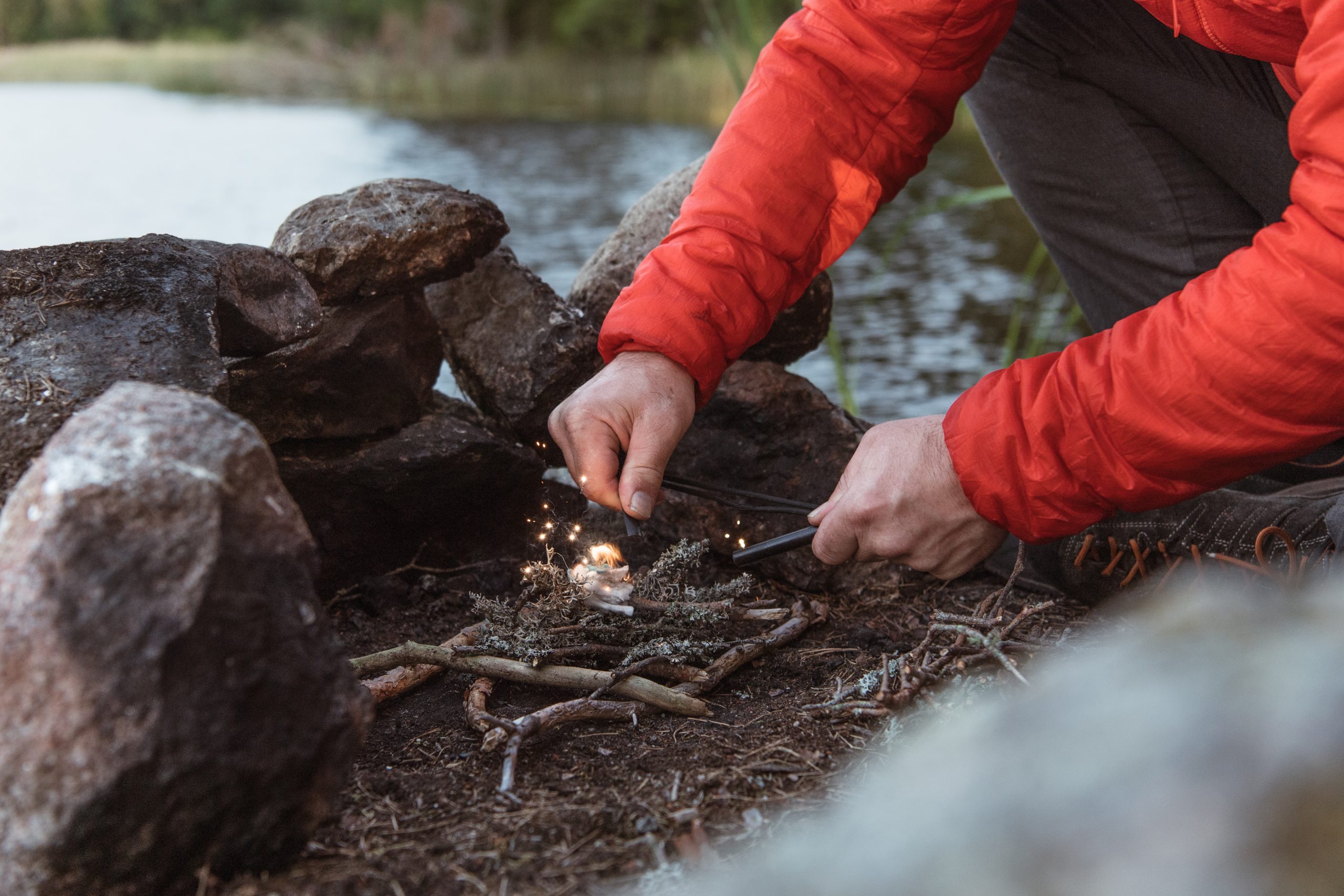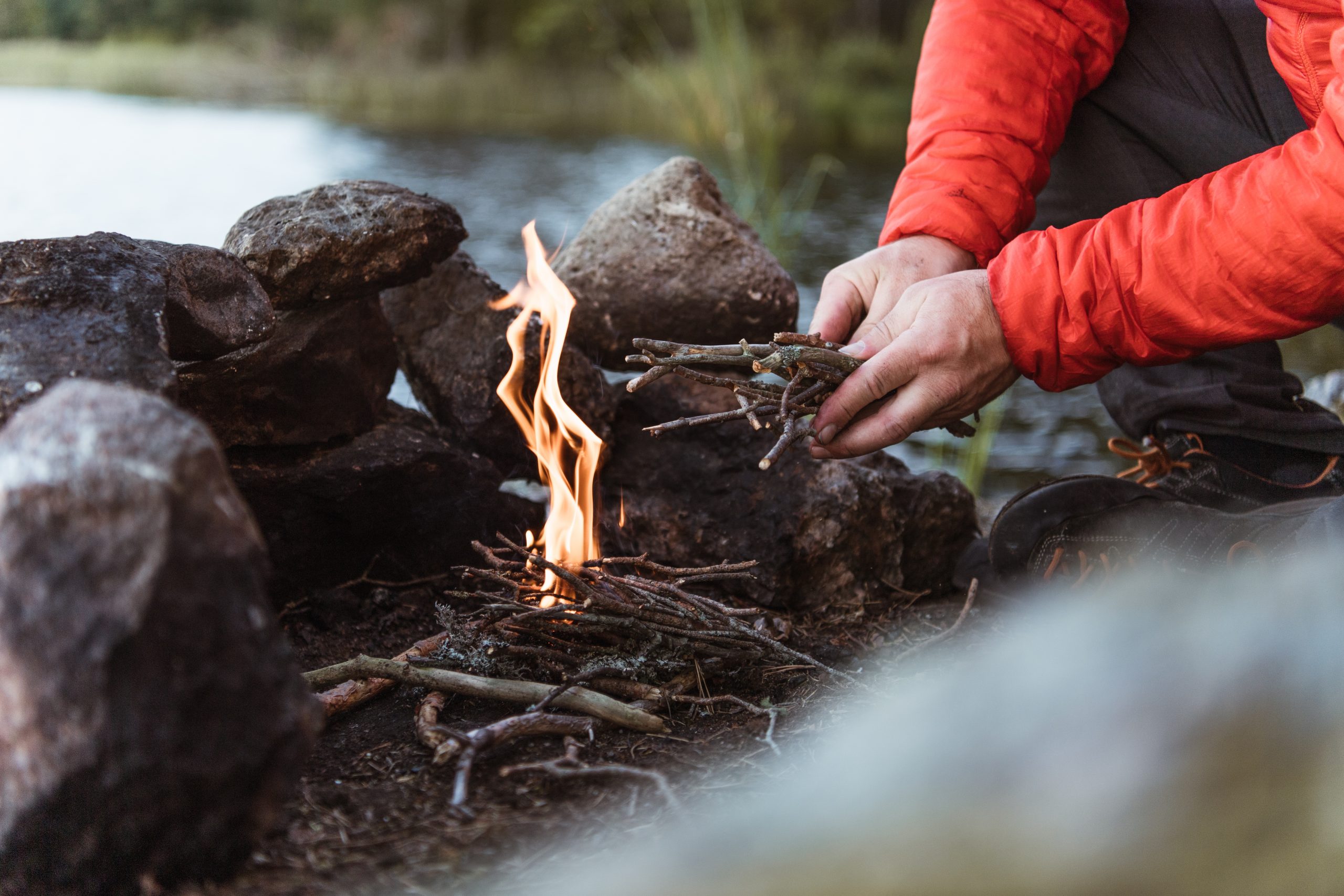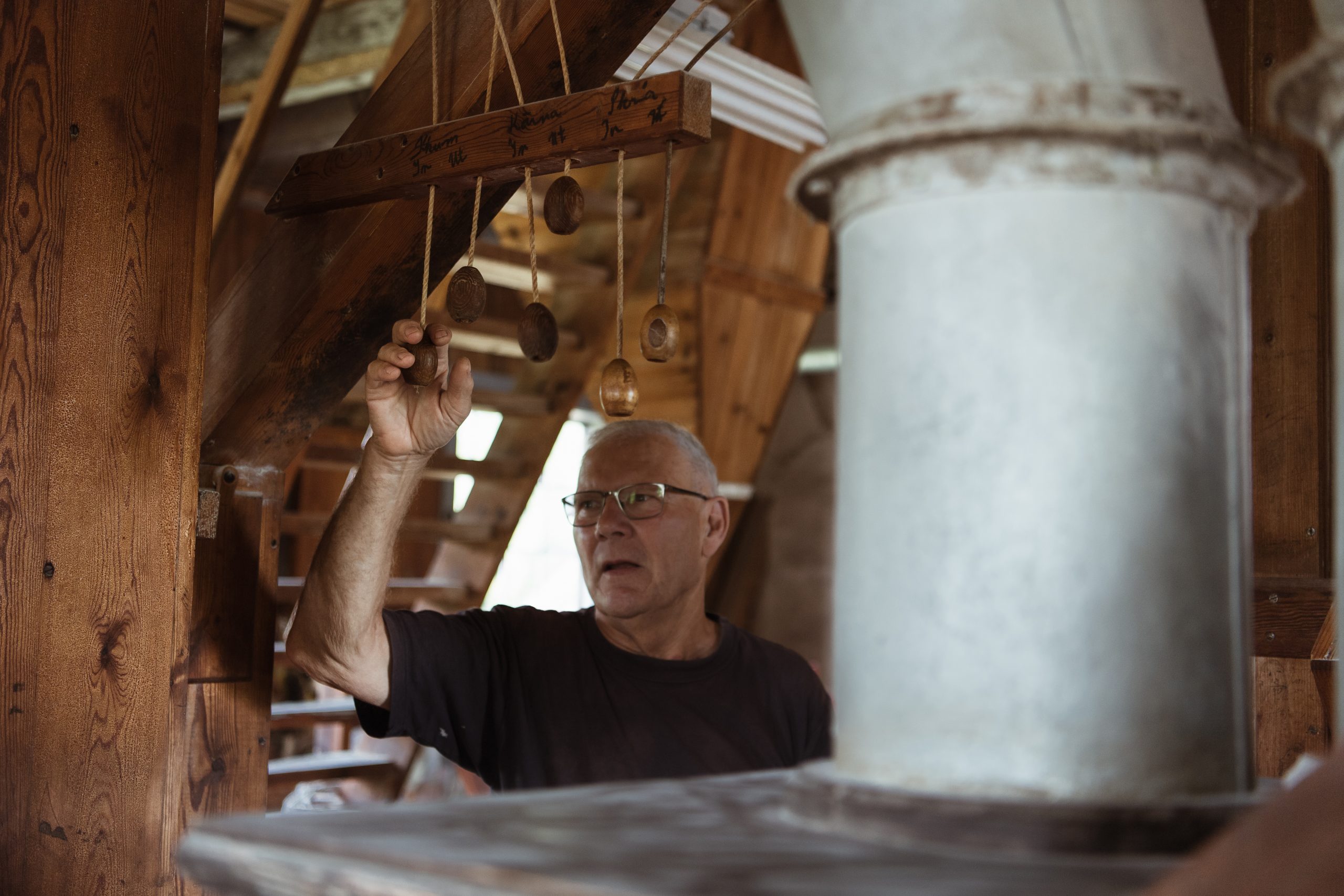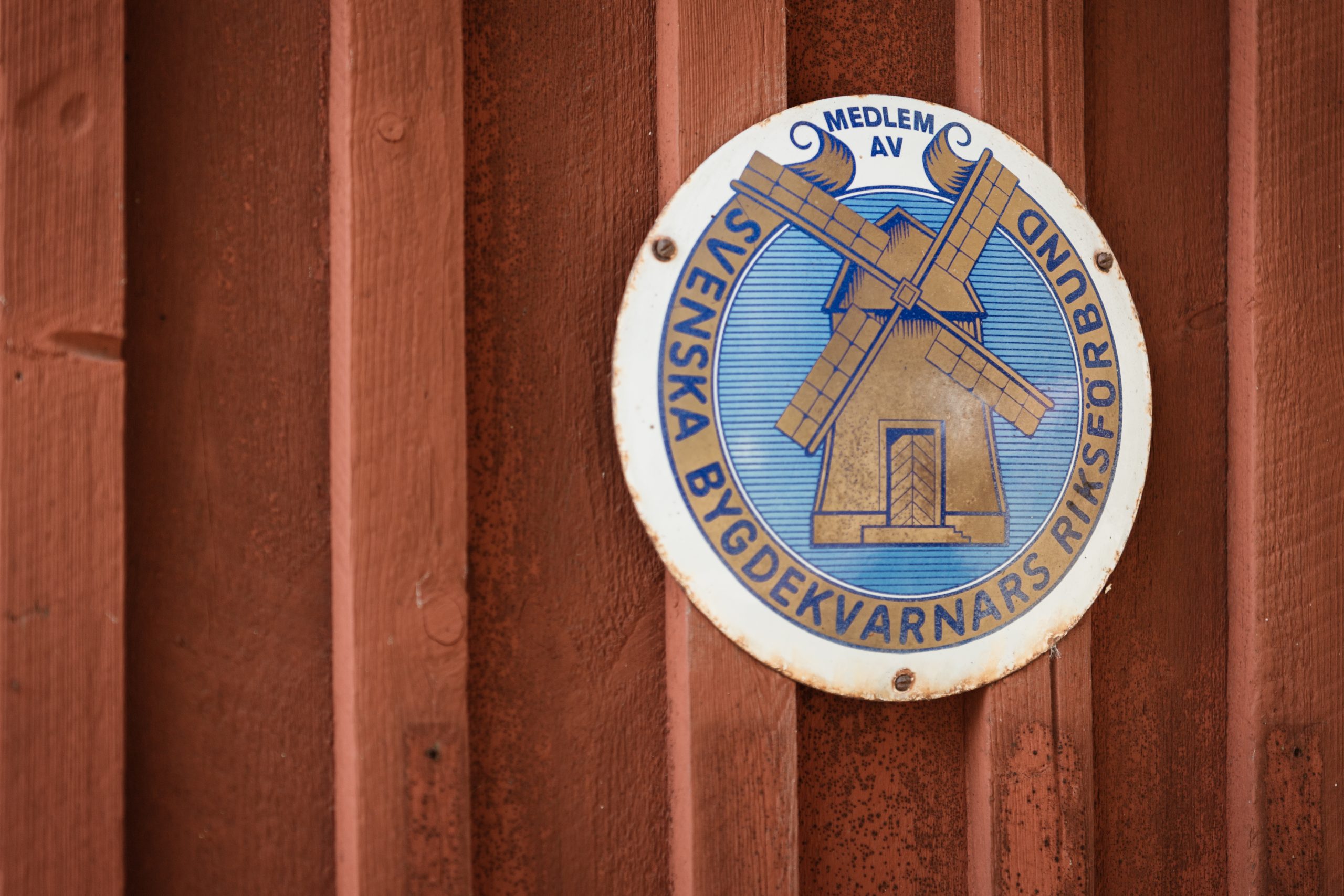Dense forest hems us on both sides, sun flickering in streaks of light.
Gravel and twigs crunch under tyres. Behind us, nestled in foam lie two hulls of kevlar and carbon, our transport for the next four days. Unloading the trailer and pickup, we lay our dry-bags, duffles and food supplies. Our kayaks loaded with care, Johan proposes an interlinked set of lakes, creeks and rivers for our journey. We listen intently.
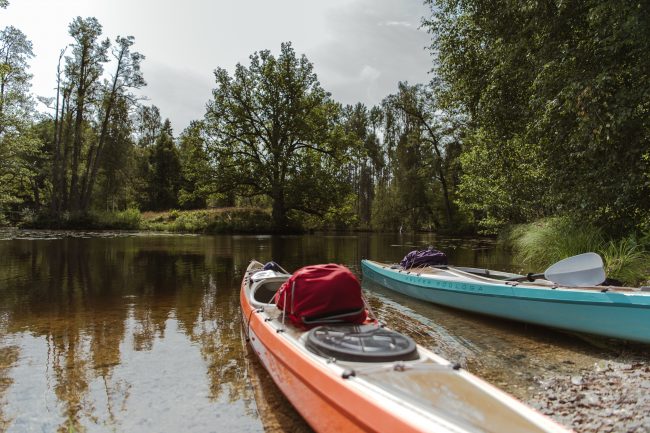
He’s a local, and a wilderness expert with more than 40 years experience. His words are precise, chosen with the care that comes from a lifetime lived outdoors. Packing the map away in a waterproof cover, we wriggle into the cockpits, and finalise our meeting point, four days hence.
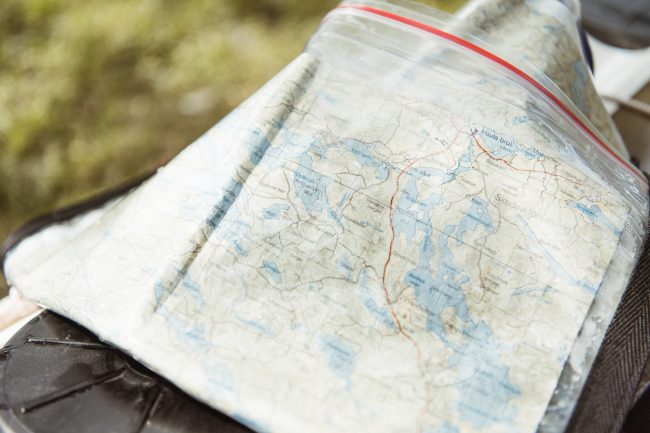
Dark water flows over the bows of our kayaks as we glide down the bank. Slipping into the liquid medium, our pace alters. No longer rapid motions, but something languid, more akin to a yogic flow. Core, back and arm muscles work in concert. Catching, pulling, and feathering, each dip of a blade propels us forward, skimming over unseen depths.
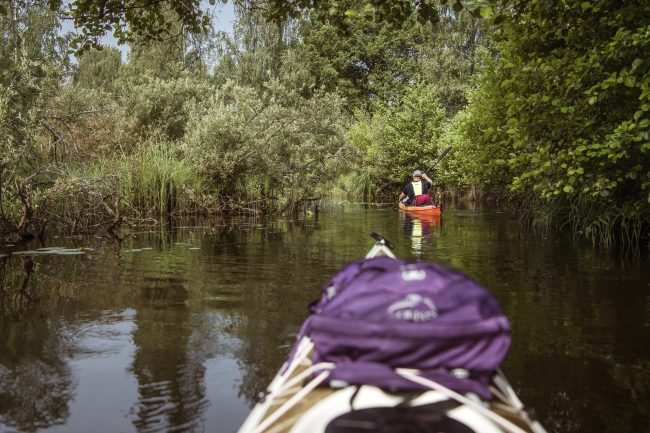
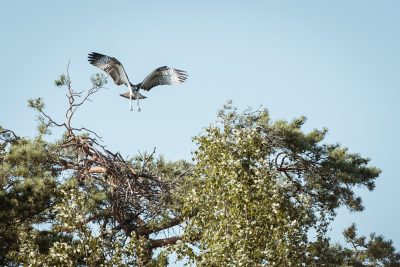 Wildlife abounds; a water-dance of loons dive in search of fish, dragonflies buzz our kayaks, and somewhere below us, flit shoals of perch, bream and pike. We navigate our way through the myriad of inlets and sheltered coves, grateful for the opportunity to travel and explore again as a team. A scream cuts through our daydreams. Instantly, we’re on high alert, eyes scanning the skies above for a sign of the eagle we’ve just heard. It’s close, no more than two hundred metres away, wings cupping the air as it comes into land.
Wildlife abounds; a water-dance of loons dive in search of fish, dragonflies buzz our kayaks, and somewhere below us, flit shoals of perch, bream and pike. We navigate our way through the myriad of inlets and sheltered coves, grateful for the opportunity to travel and explore again as a team. A scream cuts through our daydreams. Instantly, we’re on high alert, eyes scanning the skies above for a sign of the eagle we’ve just heard. It’s close, no more than two hundred metres away, wings cupping the air as it comes into land.
We paddle into a thicket of reeds on a nearby island, beaching our kayaks. In seconds Lisa’s out of the cockpit, waterproof pack in hand with her cameras. Perched high in the canopy of a sparse pine, the eagles nest is in the perfect spot. Camouflaged by their downy feathers, two chicks are almost completely hidden. The sole signs that they’re even there are tiny movements, visible only with a zoom lens. Photos captured, it’s time to leave the eagles in peace. We take a looping course, careful not to intrude too close to their tiny island.
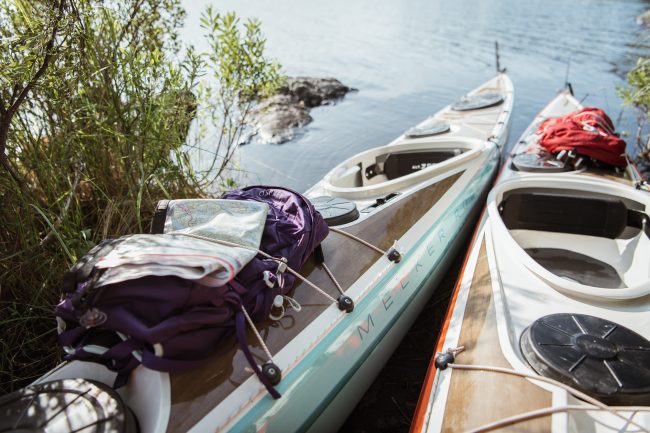
We’re on the water no more than a half day, but already the wilderness and rhythmic exercise has put paid to any minor cares. We’re immersed in the present, the only task in the next few hours is to find a wild camp. Rounding a spit of land a few hours later, we find a perfect space. Gently shelving banks make it easy to land, and in the clearing is a tiny scrap of flat ground, just enough for our tent. Our lives get stripped back to the essentials; cooking, eating, sleeping, washing, exercising. Our phones are there for alarms and quick location updates only.
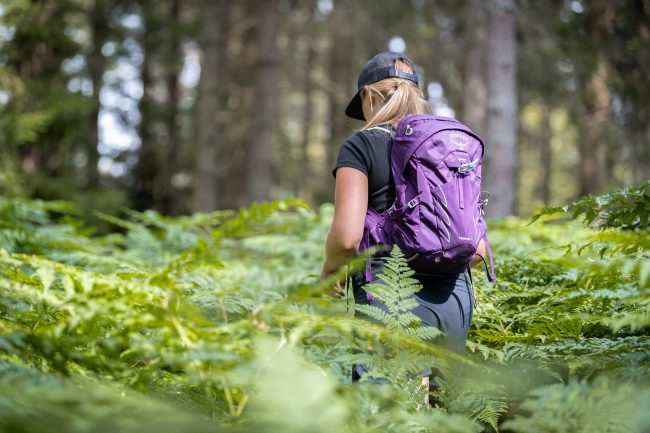
The next morning, our alarms become superfluous. What the hell? It’s only 5am. The slanted light has hit Lisa squarely in the face. I’m on the other side of the tent, so have a tiny element of shade, but she’s right. It’s too damn early. More sleep is now impossible. With no flysheet overhead, we have an unobstructed view all around.
Twenty metres away, the lake is millpond calm, shades of gold and blue reflected in its surface. We’re itching to pack up and slide our kayaks into this liquid mirror. Unfortunately, between us and our goal, lie a hoard of thousands, hungry for our blood. They hover mere millimetres away, wings whining plaintively.
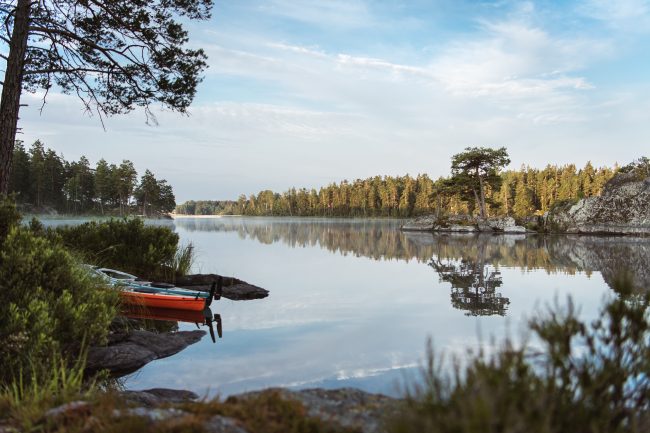
Locked in a detente, separated by gossamer mesh, we wait for the first signs of wind. Ripples start to appear on the lake, shattering the mirror calm. With the wind, it’s safe to leave the tent, and get on with our day.
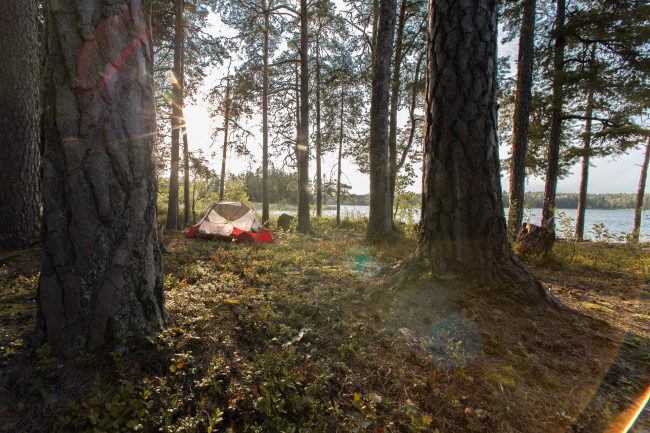
First order, coffee, breakfast and a morning dip. With the summers warmth, the lake is a balmy 23c. Fast broken, in dry clothes and kayaks packed it’s time to move on. Snapping spraydecks tight onto cockpit rims, we slide quietly off our overnight camp, back exploring.
Each curve in the lake, creek, and island gifts us with new experiences and memories: Foraging for tiny wild bilberries metres from the shoreline. Building a small, safe, bushcraft fire from scratch. Talking late into the evening, the northern latitudes granting us with light far into the night.
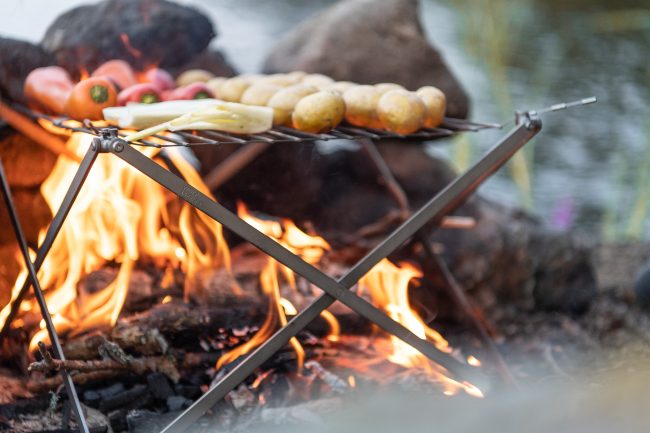
Cooking using the Wolf & Grizzly Grill M1
Trying to learn how tie fish with rod and reel, and making a total mess of this essential skill. One moment that really stands out was when we were mid-portage between two of the lakes and coming across an imposing stone and wood building. It’s massive wooden corner posts were gnarled and darkened with centuries of wear. We want to find out more about this place, but it’s shut tight.
Just as we’re about to give up, the local postal delivery arrives. Barn doors creak open, the scent of freshly ground rye, barley and spelt wafts out. It’s a water powered mill. Speaking with the owner, it’s obvious he views his job and livelihood as but one part in a long chain. He’s the fifth generation of millers, his great, great grandparents having bought the mill from the previous custodians and millers more than 150 years previously.
On the last afternoon, with thunderclouds fast approaching, we battle hard to make headway up the lake. Little ripples are starting to morph into waves, their flow pushing hard against our hulls, necessitating full rudder lock to stay on course. A hundred metres from shore and the wind dies, we’re in the lee of the land, protected. Gliding onto a sandy beach, our water journey ends.
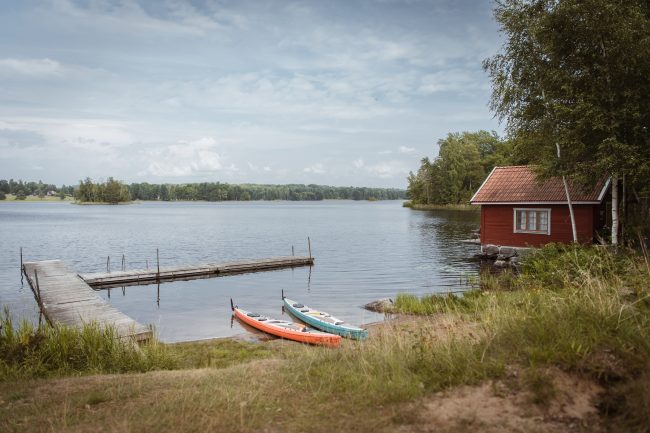
Driving back to Johan’s farm, and a night in a handmade wooden off-grid cabin, we can’t help but be amazed and impressed with how lucky we were to have traveled across such a pristine environment. On our journey, we were lass than forty-five minutes drive from a big city and only ten or twenty kilometres from the nearest village, but there was no sign of plastic trash, cigarette butts or food scraps littering the banks of the lake. This is how all our wild spaces should be. Take only memories, leave no trace. We don’t fill our houses, apartments, or offices with trash, so why is it deemed acceptable to do so to our wild places.
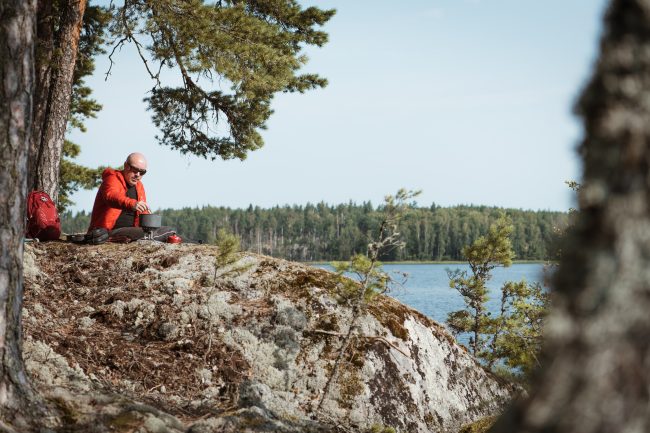
Coming from Spain, Lisa and I can see the positive impact that Allemansrätten in Sweden (the right of public access) has on the landscape and the people. The people have an emotional investment and obvious respect for the land, and treat it with the care it deserves. As a result, they are granted legal rights that don’t exist in many other countries.
That leads to an interesting chicken and egg question. Which comes first? Treat the land with care and respect and be granted rights to public access, or be granted rights, then act responsibly. I would argue that the former creates a deeper investment from us, and is harder, but offers a longer lasting solution.

